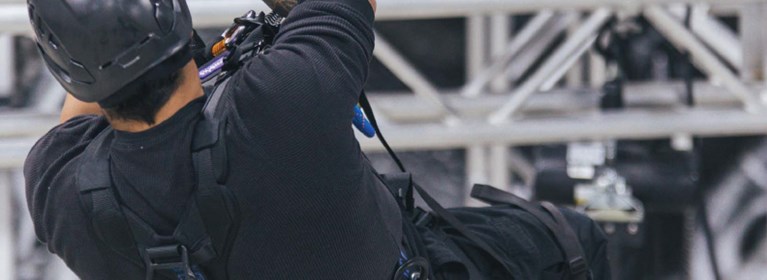
12 Tips to Promote Safe Rigging in the Entertainment Industry | #RigSafe
Entertainment | Rigging | Safety and Training | By Brian Leister | Jan 17, 2020
On Friday, April 27, we celebrated #RigSafe day, an initiative started by the United States Institute for Theatre Technology (USITT) to promote safe rigging in the entertainment industry. USITT asked companies to join the initiative by sharing rigging safety tips on social media under the hashtag #rigsafe.
Columbus McKinnon participated in the event, tweeting out rigging and hoist safety tips throughout the day. We received such favorable feedback on the information we shared that we wanted to share it with those of you who may have missed out!
Tip 1: Always Check for Damaged Cables
Before you plug it in or switch it on, always check for damaged cables. It only takes a few seconds to make sure things are safe, but it takes a lot longer to heal from electrical burns. Always assume there could be a hazard.
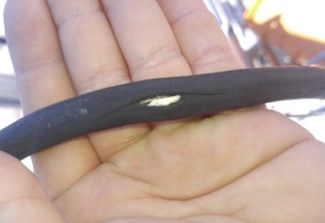
Tip 2: Help fight the good fight against rust and corrosion!
Keep up with frequent and periodic inspections of your rigging and hoists. You can find details on what is required for frequent and periodic inspections in your Lodestar Manual, as well as in the ANSI E1.6-2-2013 standard. Download this, and other standards, for free here.
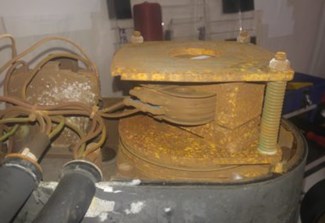
Tip 3: Inspect your rigging before and after use
Like many riggers, synthetic slings are super strong, but also very sensitive to being rubbed the wrong way. Always take a moment to inspect your rigging before and after use. The scuff mark on this sling was an indication to examine for other damage. If you can see the core material, then it is time to retire the sling. Sling inspections are 50% visual and 50% tactile.
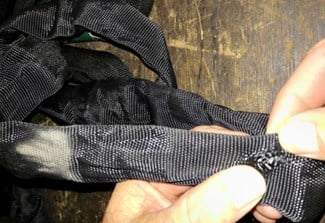
Tip 4: Before getting into a high reach, or any type of aerial work platform, take a few minutes to do a pre-operational inspection of the equipment.
Working safely at height requires constant attention to detail. Before getting into a high reach, or any type of aerial work platform, take a few minutes to do a pre-operational inspection of the equipment. Whether the damage in these pictures occurred from corrosion or a single incident, it is an indicator that there may be other unseen problems with this machine.
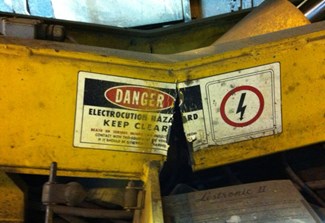
Tip 5: Look out for those who cannot do so for themselves.
Some days you never know what nature is going to put in your path. While our own safety is paramount, it is also important to look out for those who cannot do so for themselves. Be nice to our little furry and feathered friends. Find a gentle way to help these birds relocate to a more suitable home.
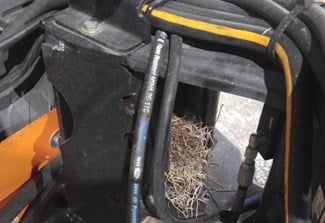
Tip 6: Check for compatibility between rigging attachments and their respective capacities.
Rigging to the low steel and need maximum trim height? Using a beam clamp is a more practical alternative than rigging with wire rope slings when you have to get tight up to that beam. Remember to check for compatibility between rigging attachments and their respective capacities.
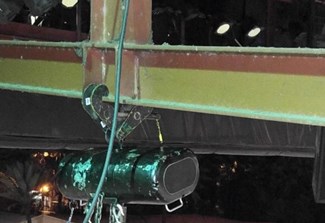
Tip 7: Hardware compatibility is critical to safe rigging applications.
Hooks are designed to take load in the “saddle” or “bowl”. The safe working load of a hook can be severely reduced when loads are applied to the tip. While this example may or may not lead to a failure, it still begs the question of what other shortcuts or missteps may have been taken during this installation? Will that loose piece of sash cord get sucked into the hoist? Safe rigging is all about attention to detail.
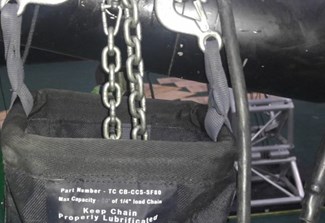
Tip 8: Know your voltage setting
Do you know which voltage setting your CM Lodestar is set for? It only takes a minute to pull the cap off and check. Most entertainment applications will use the low voltage option. Luckily, Lodestars are equipped for dual voltage options. These days, it is even easier to switch, when you have to. It’s plug and play!
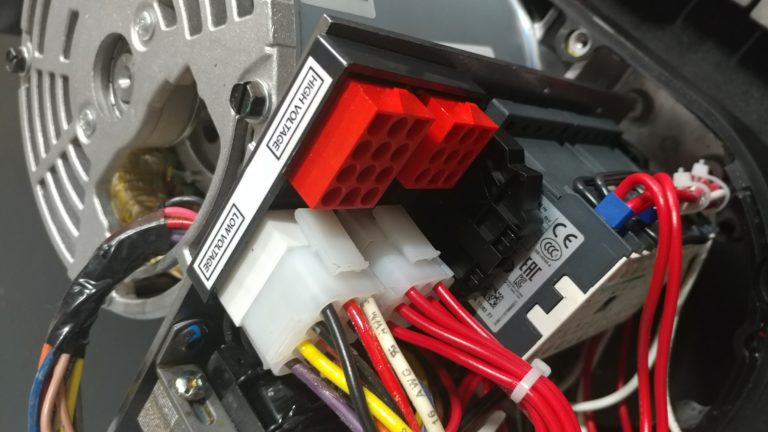
Tip 9: Consider using clove hitches
Using a clove hitch on the chain, 6-12 inches below the hook, can make it much easier to clip into your rigging point. With one hand (or foot) on the rope, the other is free to complete the attachment. Also, there is no chance for the rope to get pinched between the hook and shackle. Always remember to back up that clove hitch with a half hitch on top to prevent roll-out.
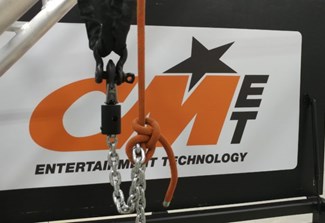
Tip 10: Important truss tower safety considerations
Portable truss towers have become very popular in recent years. They are easy to erect and can be installed quickly with a small crew. Three important safety considerations for these systems are:
- Evaluation by an engineer for site-specific considerations and high wind action plans.
- Maintaining weather monitoring systems, so prompt action can be taken should inclement weather occur.
- Securing the load from swinging with proper rigging hardware. The lever hoists, in this example, are also being used to focus the speakers.
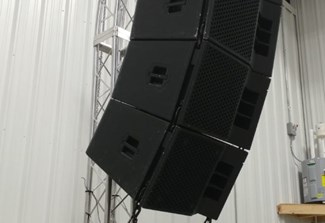
Tip 11: Inspect your PPE before use
The personal protective equipment we use is only effective if we inspect and care for it properly. Before putting on that harness or lanyard, take a moment to inspect all of the stitching, buckles, and attachments.
Make it a habit to do “buddy checks” with your co-workers too. A second set of eyes may see something yours did not. If it doesn’t look right, don’t use it.
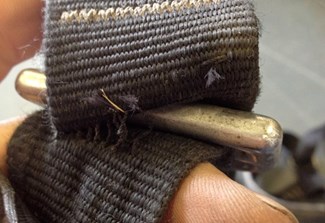
Tip 12: Make an effort to seek knowledge and personal growth.
No matter how much you already know, there is always room for more training. The culture of our industry is more focused on training than ever these days. Whether you find that training online, on the job, or in a classroom, never be afraid to ask questions. The more knowledge we have, the safer we, and those around us, will be. #rigsafe
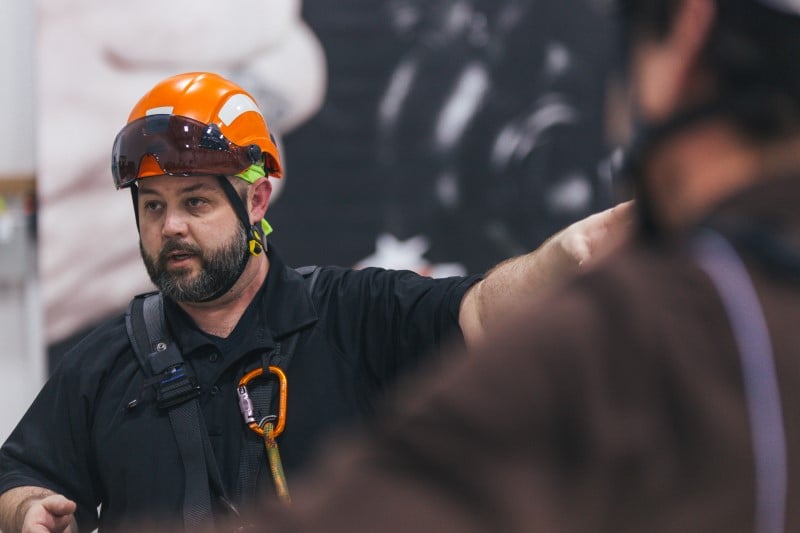
Brian Leister
Brian Leister is a CM Entertainment Industry Product Trainer located at our Rock Lititz Training Center in Lititz, Pennsylvania. He specializes in entertainment rigging, rope access, and hoist maintenance. Brian is an ETCP certified rigger (Arena) and an ETCP Recognized Trainer. He is also a SPRAT 3 & IRATA 3 certified rope access technician.




 North America - EN
North America - EN


